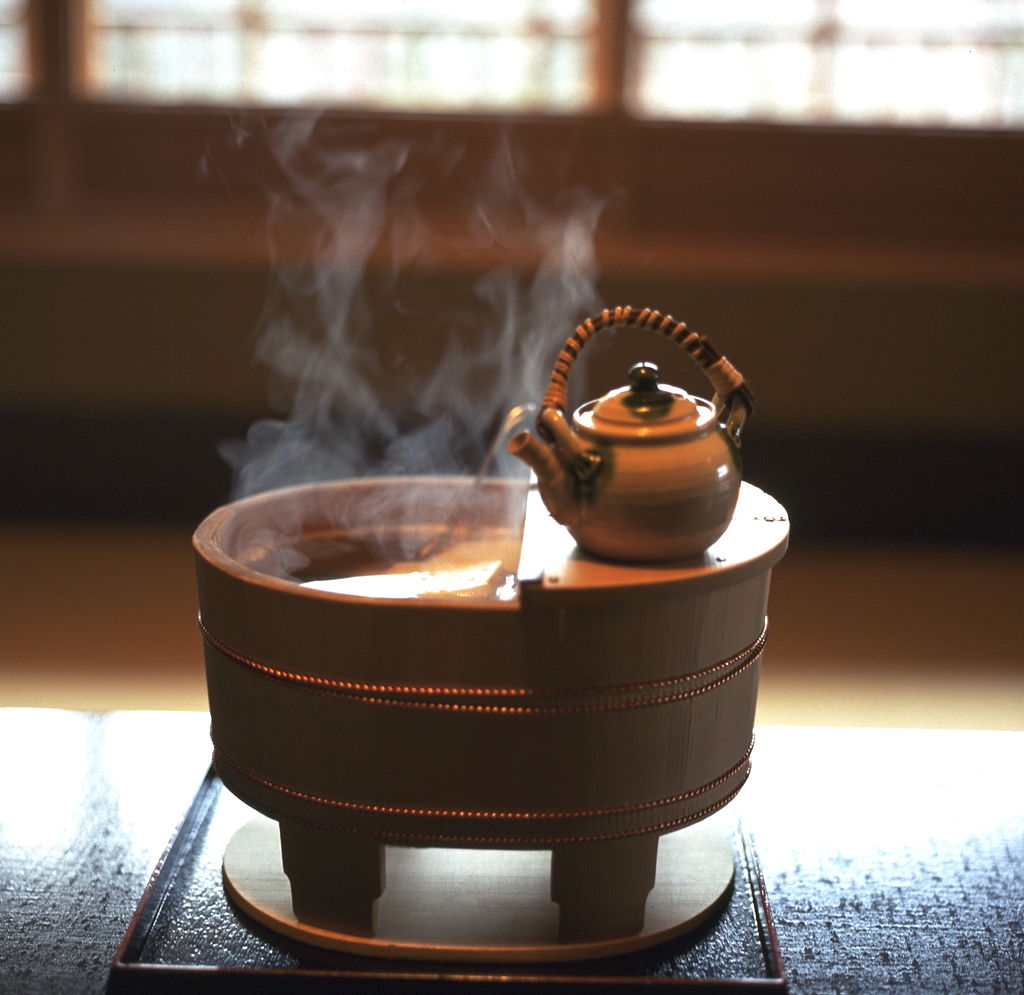Dec 26, 2024
Popular Winter Meals in Kansai
Japan is a country that prides itself on distinct seasonal dishes, with winter being the time when the hotpots traditionally come out, and people warm themselves up with tasty broths. But it’s not just about soup-based meals. There are many different popular types of Japanese cuisine, and each region has its own take on national classics. Here are a few worth checking out from the Kansai region.
Shabu Shabu
Shabu Shabu is a hot pot (nabe) dish that originated in Osaka in the 20th century, encompassing a twist on old Chinese hot pot recipes. It’s a perfect winter sharing dish that differs from traditional hot pots as each ingredient is individually dipped and cooked in the pot, similar to European fondu cuisine. Shabu Shabu translates as ‘swish swish’, taken from the swishing sound that the ingredients make when dipped into the simmering pot. The broth is made from hot water and kombu seaweed. Additional ingredients can include meat (usually beef), fish, tofu, or vegetables. Once cooked, items are then dipped in soy, ponzu, or sesame sauce. Meals are sometimes served with a side of noodles, steamed rice, or grated daikon.
Yudofu
Translating as ‘hot tofu’, this popular and comforting winter dish originated in Kyoto among Buddhist monks as a method of maximizing protein to keep warm for long periods in cold climates. It has endured and is served in many Kansai restaurants to this day. Tofu pieces are boiled in a dashi broth and then enjoyed with a condiment such as soy or citrus ponzu sauce. Occasionally to mix things up, additional ingredients are added to the broth, for example vegetables or grated wasabi.
Nikujaga
A western-influenced Japanese dish that is a twist on a stew, Nikujaga (which translates as ‘meat and potatoes’) came about when locals adapted British Royal Navy stew dishes in the 19th century. It is a winter classic consisting of meat, potatoes, and vegetables cooked in a broth of hot water, sake, dashi, and soy sauce. This is typically served with a side of boiled rice or miso soup. The Kansai variety usually involves beef, whereas the eastern Kanto region typically opts for pork.
Wakayama Ramen
The Wakayama Ramen served in the prefecture’s Ide Shoten restaurant is a bona fide regional speciality that draws in tourists from all over the world. Ramen is one of the most celebrated Japanese dishes that consists of noodles served in a thick broth. The Wakayama variety is chewy noodles bathing in a rich broth of pork bone and soy sauce. The legendary Ide Shoten variety comes with the optional extra topping of hard-boiled eggs and mackerel sushi.
Kitsune Udon
A popular winter classic across all Japan, this dish is believed to have originated in 19th century Osaka. Kitsune Udon is another noodle-based broth, involving – as the name suggests – thick udon noodles that are cooked in a rich dashi broth. The most distinctive element of this dish is the topping of deep-fried tofu slices (aburaage). The name of the dish translates as ‘fox udon’ due to a local legend that foxes love deep-fried tofu.
Himeji Oden
This is a localized variation of the oden winter favourite. Hailing from Himeji City in the Hyogo Prefecture, this broth is made with ginger soy sauce. The remaining ingredients include oden staples, which are typically daikon, eggs, and konjac (root vegetable), along with local specialities of octopus and kamaboko (stewed Japanese fishcakes).
Photo by Joi Ito from Inbamura, Japan (Flickr.com – image description page) [CC BY 2.0 ], via Wikimedia Commons


About the author